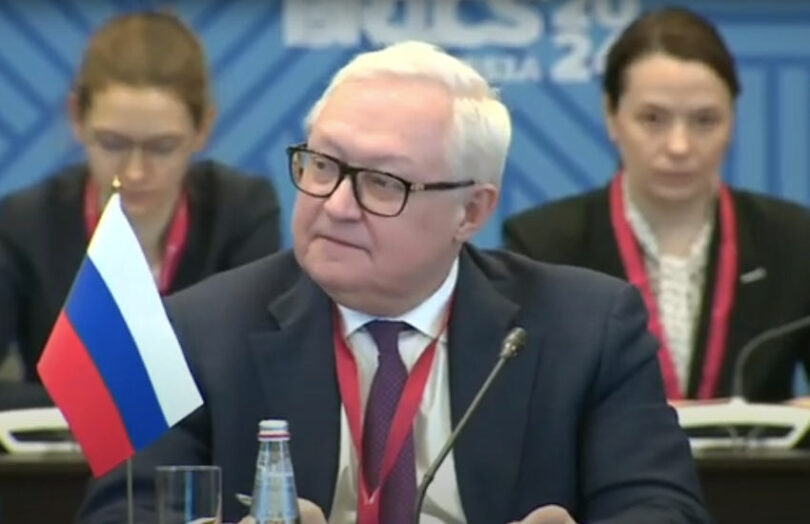BRICS, the intergovernmental organization comprising Brazil, Russia, India, China and South Africa, started meetings this morning in Russia. After agreeing to expand its membership in August, the group added Egypt, Ethiopia, Iran, Saudi Arabia and the UAE on January 1. During the opening meeting, Iran highlighted the importance of the agenda regarding banking and payments, including digital currency.
BRICS is now host to the two states that are the subject of Western sanctions: Russia and Iran. Hence, the emphasis on payment systems is unsurprising.
For a few years there’s been some discussion about a common digital currency amongst BRICS countries. At the last Summit in August, the common currency was downplayed, emphasizing instead the use of local currencies for trade payments rather than the dollar.
A common digital currency?
Iran’s comments imply the common currency concept is not dead. However, Russia is currently the BRICS chair, and its central bank leader previously said a common currency would be challenging. That was before the BRICS expansion. An additional 20-30 countries have expressed an interest in joining. And most of the BRICS members seem keen to expand the group further.
“In the plans of 2024, I hope that these economic and financial pillars, especially banking and financial issues, payment systems, digital currency, common currency, exchanges with national currency etc, will speed up and become operational,” said Iran’s BRICS representative, referred to as a sherpa.
However, Russia’s Deputy Foreign Minister Sergey Ryabkov stuck closer to the consensus. He said, “According to the leaders’ decisions in Johannesburg (2023 BRICS summit), we will look into the ways (of) how to enhance the use of national currencies, that is local currencies, payment instruments and platforms, in our cross border transactions in order to reduce the negative spillovers of the current dollar-dominated global economic system.”
We note the reference to ‘payment instruments”. A year ago there was talk of Russia and Iran using gold-backed tokens for payments. Russia has digital financial assets that support tokenized commodities, amongst other things. They’re not intended for payment, but last April Russia drafted a law to support their use for cross border payments.
China’s BRICS agenda
The Iranian sherpa also referenced the New Development Bank (NDB) and the Contingent Reserve Arrangement (CRA), which aims to provide liquidity if there is pressure on the balance of payments.
“Planning to strengthen the NDB bank is very important and effective, likewise the CRA,” added Iran’s Sherpa. China’s sherpa also referenced the importance of the NDB and CRA.
On the topic of currency, the Chinese emphasized the need to “Expand settlement in local currencies and expand linkages between payment systems”. We’ve previously highlighted China’s collaboration with the UAE on this front. Both are also participants in the mBridge cross border CBDC project, with another three BRICS members as observers (South Africa, Egypt and Saudi Arabia).
Given that China’s economy isn’t doing so great, there was an emphasis on improving trade.
On the technology front, China is pushing for cooperation around AI and said it is considering launching a BRICS AI development cooperation center in China.
India has also put forward several proposals, including the development of a digital public goods platform. Given there are already 200 meetings happening over the next few days, it’s unclear whether there’s scope for further agenda expansion. In fact, Brazil suggested that perhaps there is a need for focus.






